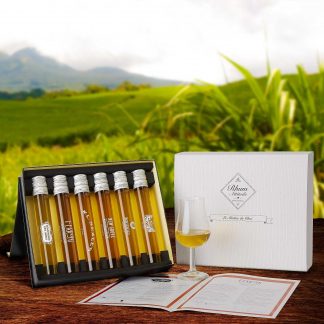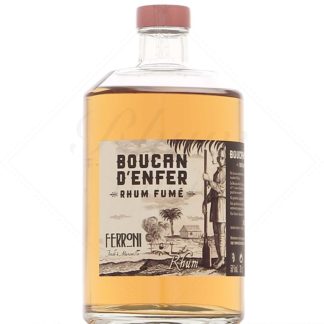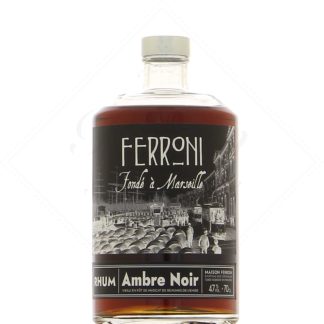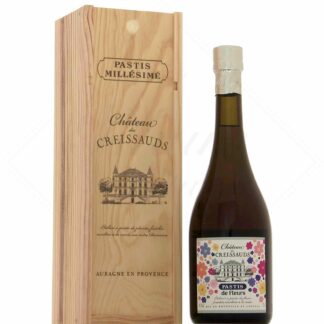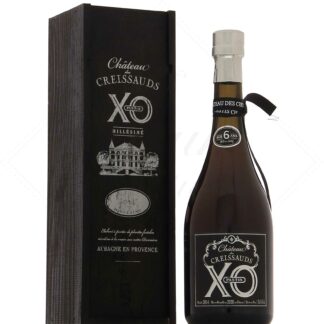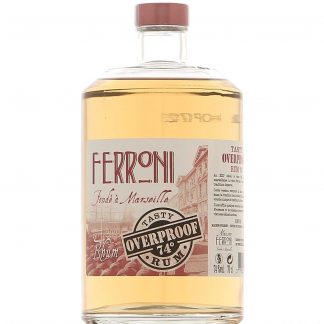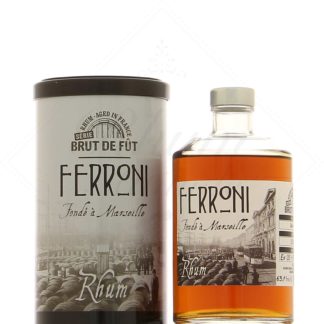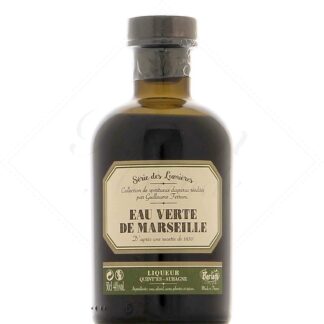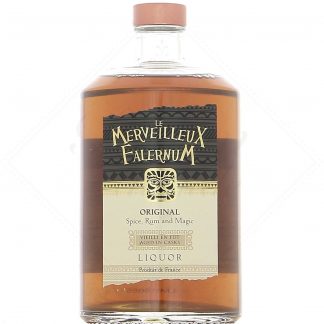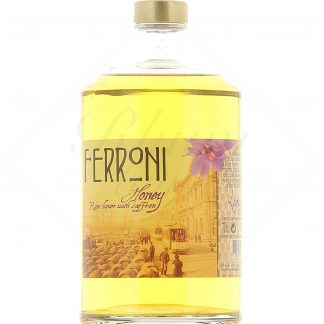Ferroni
The history of Maison Ferroni
Maison Ferroni 's roots go back to Marseille at the end of the 18th century, when the Phocaean city, along with Bordeaux and Le Havre, was one of the main ports of arrival for colonial goods. Among these exotic products was, of course, rum, which many merchants made popular at the time.
Guillaume Ferroni was born in Marseille, and discovered the world of the bar in the early 2000s. He quickly developed a passion for cocktails and spirits, and became a collector of old books and manuscripts. He then recreated old cocktail recipes from the 18th century, before taking a closer interest in rum and becoming a veritable historian.
This passion also led him to open his own establishments in the early 2010s. Thus were born the Dans les arbres and Carry Nation bars, in Aubagne and Marseille. It was also at this time that Guillaume moved into the Château des Creissauds in Aubagne, which became an ideal playground.
Ever more absorbed by this world of spirits, he has created his own blends of rums, and even resurrected ancient liqueurs with his "Série des lumières". To market them, he set up the Bariana company (named after the first French book on cocktails, published in 1896), together with David Roussier of the Breton whisky distillery Warenghem.
A few years later, Maison Ferroni was wearing the hats of independent bottler, spirits breeder, importer, blender and even distiller.
Spirits by Maison Ferroni
Marseille has always been Guillaume Ferroni's home base. That's why there's always an element of Provence in his work.
The company's first amber rum was aged in barrels of natural sweet wine from Rasteau. Later, a number of rums from the Caribbean and elsewhere, bottled in reduced or brut de fût versions, undergo extensive ageing in the sunny south of France. This ageing process has the added advantage of reproducing the extreme conditions of an American whiskey cellar, as it takes place under sheet metal, resulting in enormous temperature differences between day and night.
One of Guillaume Ferroni 's first passions being white rum , especially agricultural, he created the Dame-Jeanne series, bringing together various origins. These white rums, like Dame-Jeanne No. 4 (Madeira), benefited from a rest in open demijohn, during which they softened by taking on the sweet Provençal air.
Dozens of experiments are carried out in the company's cellars. Barrels of peated whisky (for Boucan d'enfer), mini-barrels of cognac, barrels of Rye... You'll also find the tuns where the house's famous Pastis Millésimé rests. Guillaume's pride and joy, this pastis is made from plants harvested in the château's aromatic garden. As conditions vary from year to year, the proportions of each plant change with each cuvée, hence the decision to introduce a notion of vintage.
A varied universe
From this garden, Guillaume Ferroni also draws the botanicals needed for his gin. For he is also a distiller, and expresses his creativity in all kinds of eaux-de-vie, using old 19th-century stills.
It doesn't stop there, as reading and studying old manuscripts dedicated to vanished liqueurs inspired him to bring them back to life. Ratafia de Marseille and Merveilleux Falernum, among others, are successful examples of these resurrections.
Through Guillaume's travels, Maison Ferroni has also become an importer of spirits such as Vulcao grogue from Cape Verde. It also contributes to maintaining Marseille's heritage, giving a boost to emblematic brands from the old port, such as Old Manada and Manikou. Read less
